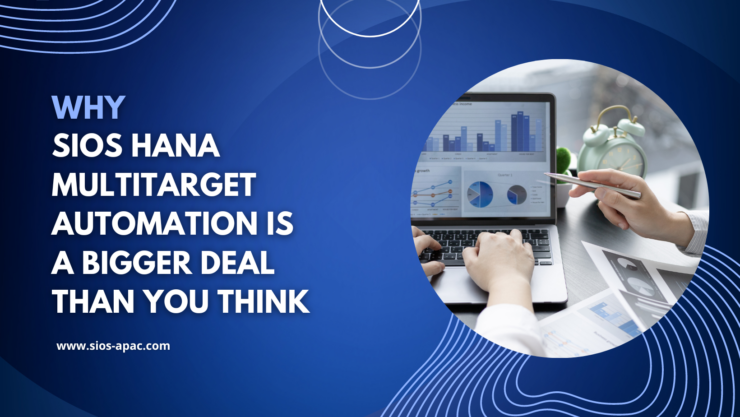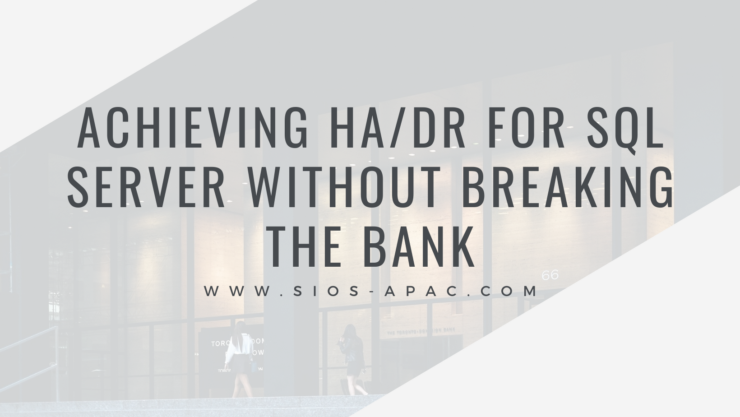| July 7, 2023 |
High Availability for Healthcare
|
| July 3, 2023 |
Why SIOS HANA Multitarget Automation is a Bigger Deal Than you Think |
| June 30, 2023 |
Achieving HA/DR for SQL Server Without Breaking the Bank |
| June 25, 2023 |
Financial Services |
| June 21, 2023 |
Call Center & CAD |
 High Availability for Healthcare
High Availability for Healthcare


